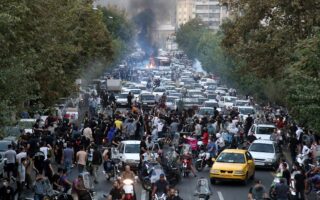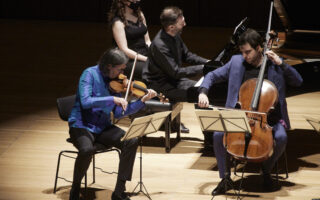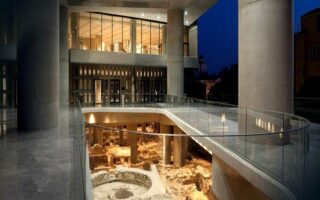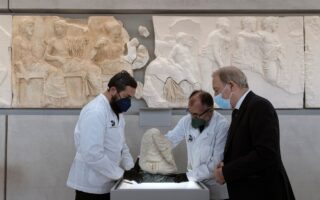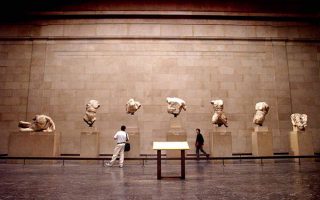What’s the deal with the Parthenon Sculptures?
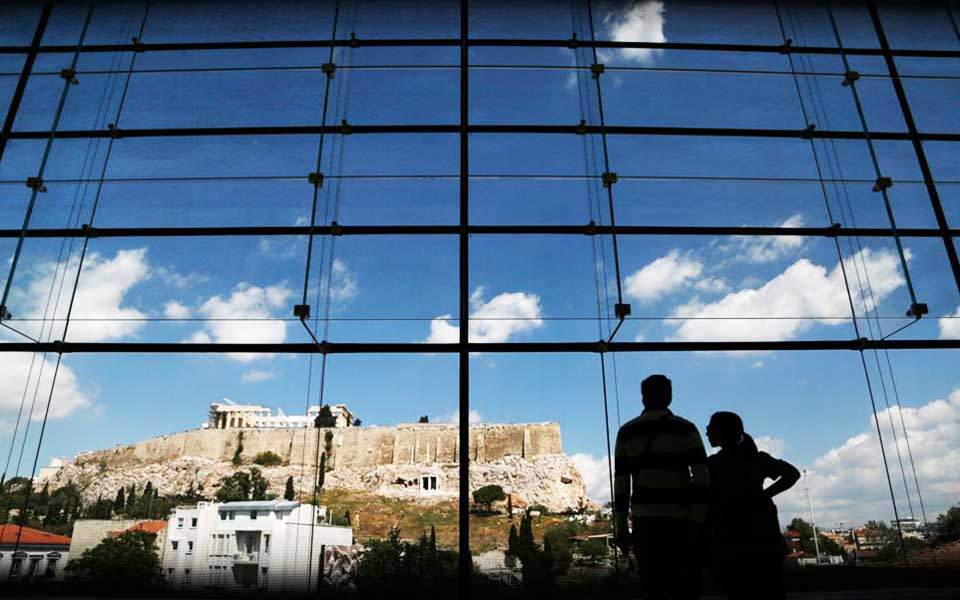
What is all this business with the Parthenon Sculptures all of a sudden? Is it the barrage of foreign reports, each presenting its own version of developments and inside information? Is it the secret meetings between the Greek prime minister and the head of the British Museum, George Osborne? Is it the announcements by the government and those from the opposition? The clear statement of the Ministry of the Culture on the one hand, that the country remains firm in its position of not recognizing the British Museum’s ownership of the sculptures as they are the product of theft? Or, on the other hand, the intervention by the main opposition party, SYRIZA, which demanded that Parliament’s relevant committee convene at once and call the government to provide an explanation for its actions?
Or is it, instead, the desperate need to expand the pre-election agenda, which is already so tightly packed with thorny social, economic and geopolitical issues?
So, what is it all really about? This is by no means the first time that the issue of the sculptures’ return/reunification has gained such momentum. Nor is it a first for the Times to adopt the Greek position. It did so exactly a year ago, in fact, stating that the “sculptures belong in Athens” and “should now return.”
The repatriation of the Parthenon Sculptures – either as an issue, as a demand or as a nationalist-populist mantra – is a case that stretches back 40 years, from July 1982, when then culture minister Melina Mercouri launched the first official campaign for their return. Hundreds of claims, demands, group and individual efforts, steps of progress and steps back, have brought us where we are today. And that is to what the director of the Acropolis Museum, Nikolaos Stampolidis, told Kathimerini once: “We cannot care about who brings the sculptures back. As long as they come back. Stone by stone, big or small.”
Suspense, anticipation and anxiety are trademarks of every pre-election period. But the negotiations for an issue that is so laden, so complex and so fractious cannot be squeezed into the race for votes, turned into a cure for an electoral system that is unlikely to yield a majority government.
Universal, popular and recognized symbols, the sculptures are ripe for exploitation; but they also have a tendency to expose the real motives and empty promises behind it, the sundry shortcomings and distortions.
